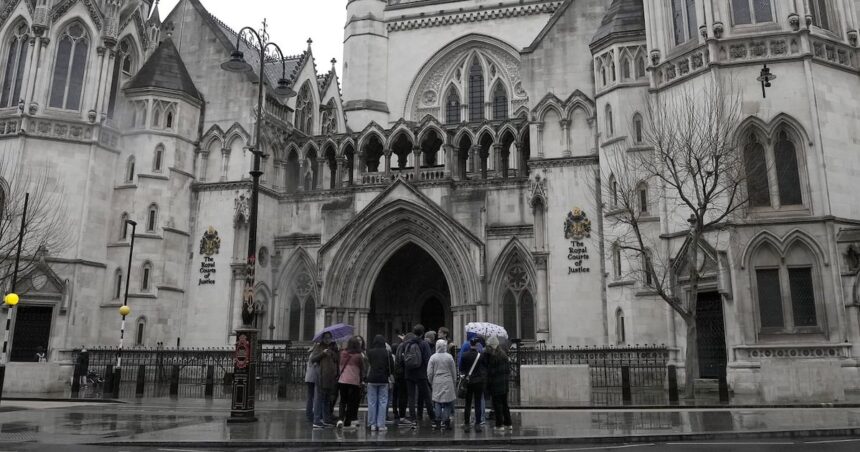In a troubling development that threatens the very foundation of legal proceedings, a senior U.K. judge has issued a stark warning about the dangers of artificial intelligence after lawyers presented fictitious case law generated by AI in British courtrooms. This alarming trend highlights the growing challenges legal systems worldwide face as AI tools become increasingly sophisticated yet remain fundamentally flawed in critical applications.
Lord Justice Birss, the deputy head of civil justice in England and Wales, revealed multiple incidents where legal professionals submitted entirely fabricated precedents to courts. Speaking at a recent legal technology conference in London, he described how one lawyer cited six non-existent cases, complete with fictional case names and detailed—but entirely invented—legal reasoning.
“When challenged about these cases that nobody could find, the lawyer explained that the material had been generated using an AI tool,” Lord Justice Birss explained. “This represents a serious risk to the administration of justice.”
The incidents aren’t isolated. In another case before the High Court in London, a lawyer submitted an application supported by citations to previous cases that were later discovered to be AI hallucinations—convincing fabrications that appeared authentic but had no basis in reality.
These developments in the U.K. mirror similar concerns emerging across the Atlantic. The New York federal court recently sanctioned two lawyers for submitting a legal brief containing AI-generated fake cases, requiring them to pay the opposing side’s legal costs. In another instance from Canada, a judge in Quebec expressed dismay upon discovering that six precedents cited in a personal injury case simply did not exist.
Legal experts are sounding alarm bells about what this means for justice systems built on precedent and factual accuracy. Michael Karanicolas, executive director of the UCLA Institute for Technology, Law and Policy, notes that these incidents potentially undermine centuries of legal tradition.
“The legal system depends entirely on trust and accuracy,” Karanicolas stated. “When AI tools generate fake precedents that appear convincing enough to be submitted to courts, we’re seeing a technological capability that could seriously damage legal proceedings.”
The U.K. judiciary has responded with new guidance requiring lawyers to verify that any material they present to courts is not AI-generated or, if AI assistance was used, to disclose that fact explicitly. This move acknowledges that while AI can be a valuable research tool, its outputs must be meticulously fact-checked before submission to courts.
What makes these incidents particularly concerning is how they occurred despite the clear professional and ethical obligations lawyers have to verify their citations. Most large language models, including ChatGPT and similar tools, are known to occasionally “hallucinate” or generate false information presented as fact—a problem that becomes especially dangerous in legal contexts where precision is paramount.
The financial implications are significant as well. Major law firms have invested heavily in AI technologies to improve efficiency, but these incidents highlight the substantial risks associated with over-reliance on such tools. The legal industry now faces the challenge of balancing technological innovation with the fundamental principles of accuracy and integrity that underpin judicial systems.
As courts worldwide grapple with these challenges, one question remains particularly pressing: How will our justice systems adapt to an era where technology can produce convincing falsehoods that threaten the very basis of legal reasoning and precedent?
























